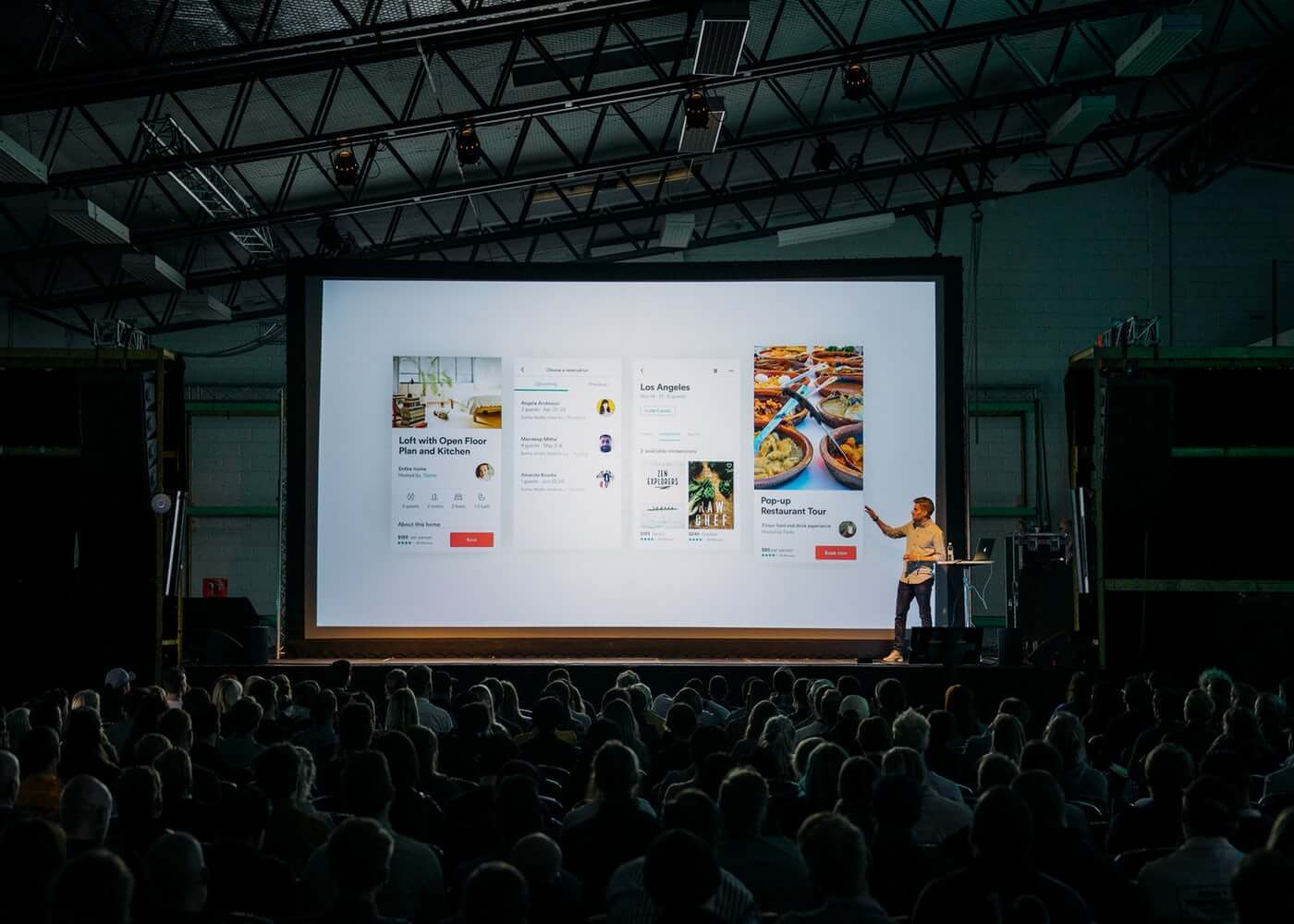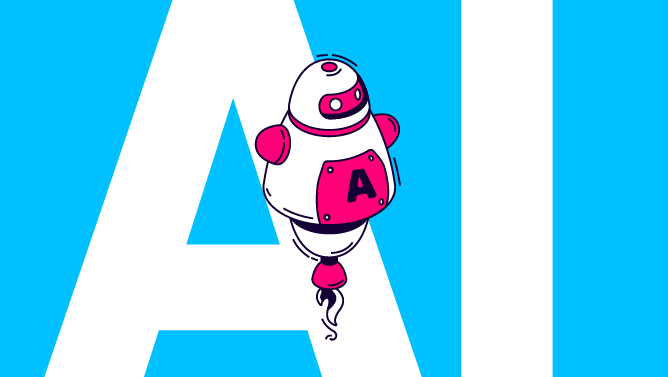People spend a significant amount of time every day, glued to various screens scrolling on Facebook or watching movies, in nutshell, consuming content. According to a research made by Zenith Media, the average global consumption of media in 2016 was 456 minutes, compared to the 411 minutes 6 years earlier. This means that between 2010 and 2016 the media consumption has grown at 2% rate. If one thing is for sure is the fact that in the future people will still consume content.
Naturally, this puts a lot of pressure on business and marketers to create new pieces of content.
So, how can you create fresh content?

The Strategy
It all starts with putting together a content strategy. I can’t stress enough how important this step is. A content strategy will make sure that you’re not walking blindly in the dark when it comes to communicating with your audience. Moreover, the content strategy will provide you with a structure, a backbone to your digital communication approach, as well as keen insights regarding the people with whom you want to communicate with. Once you’ve established the right channels for your brand, identified your audience, we can talk about content creation.
The Content pillars and Micro-Content
In order to engage organically with your audience, you have to deliver relevant information, and take cues from their reactions to improve your content. Ideally, you must establish some strategic pillars on which you’ll create the bulk of the content. For instance, for us, one of the most important pillars of our digital communication strategy is our blog.
Through it, we can communicate relevant info regarding Social Media, Digital marketing, from case studies to predictions and studies.
Another pillar in our communication is the offline component, represented by events that we organize or participate in regarding the digital marketing field. You might wonder how offline activities contribute to content creation. Well, offline events and activities are a great source of content. You can livestream the event on Facebook or YouTube, create Gifs, write live texts on Twitter, or create blog posts based on the event. These are all examples of micro-content that were created from an offline activity that can greatly enrich your digital content.

However, the info for micro-content doesn’t have to come solely from offline projects and activities. Online content can work as well in providing data for micro-content pieces. For example, a video interview can be very well turned into a written interview, an article, a Facebook post and so on. The key thing is to identify the pillars that can provide you with constant pieces of content, as they will represent the bulk of your digital communication. Once you’ve done this, you have to determine which micro-content piece you can create based on them, thus maximizing the output.
If you are only using the main pieces of content (like a podcast, or a blog post), you might find that your digital communication strategy lacks a certain fluidity. In a nutshell, your once a week blog post, podcast episode etc, may be good and relevant for your audience, but if you only interact with it twice a week, when you post them, your engagement will definitely suffer.

Content: Wrap-up
To better understand it, think of it like this: The main pillars are the flesh and bones of your communication, while the micro-content is the blood that makes everything flow. You need all of them to be present and work together, in order for your digital communication to run seamlessly. Take a look at your content strategy. What are your main content pillars? Are you using micro-content efficiently? These are questions you have to answer if you want to improve your content.


